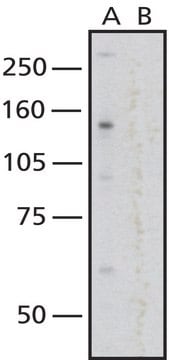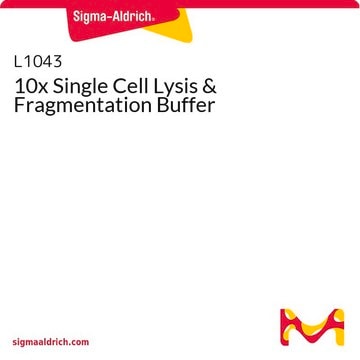NUC201
Nuclei Isolation Kit: Nuclei PURE Prep
sufficient for 15 nuclei preparations (~1-10×107 cells or 1g of tissue per preparation)
Synonym(s):
Sucrose centrifugation nuclei isolation
About This Item
Recommended Products
usage
sufficient for 15 nuclei preparations (~1-10×107 cells or 1g of tissue per preparation)
packaging
pkg of 1 kit
storage condition
dry at room temperature
application(s)
cell analysis
foreign activity
nuclease and protease, free
shipped in
wet ice
storage temp.
2-8°C
Application
Biochem/physiol Actions
Kit Components Only
- Nuclei PURE Lysis Buffer 180 mL
related product
Signal Word
Danger
Hazard Statements
Precautionary Statements
Hazard Classifications
Aquatic Acute 1 - Aquatic Chronic 2 - Eye Dam. 1 - Skin Irrit. 2
Storage Class Code
10 - Combustible liquids
Flash Point(F)
Not applicable
Flash Point(C)
Not applicable
Certificates of Analysis (COA)
Search for Certificates of Analysis (COA) by entering the products Lot/Batch Number. Lot and Batch Numbers can be found on a product’s label following the words ‘Lot’ or ‘Batch’.
Already Own This Product?
Find documentation for the products that you have recently purchased in the Document Library.
Customers Also Viewed
Articles
Centrifugation separates organelles based on size, shape, and density, facilitating subcellular fractionation across various samples.
Centrifugation separates organelles based on size, shape, and density, facilitating subcellular fractionation across various samples.
Centrifugation separates organelles based on size, shape, and density, facilitating subcellular fractionation across various samples.
Centrifugation separates organelles based on size, shape, and density, facilitating subcellular fractionation across various samples.
Our team of scientists has experience in all areas of research including Life Science, Material Science, Chemical Synthesis, Chromatography, Analytical and many others.
Contact Technical Service
















